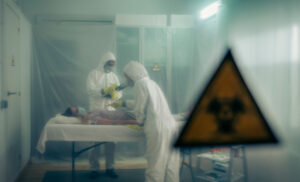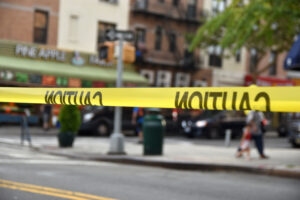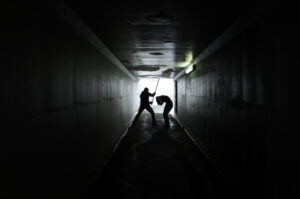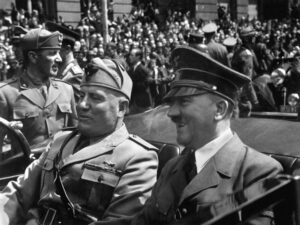Russia and Chechnya have a troubled history of more or less continual strife. From medieval times, Christian Russia has constantly sought to impose its authority on its Muslim neighbor in the Caucasus, while the fervently nationalistic Chechens have fought for independence at every opportunity. During World War II, Stalin brutally repressed any dissidence with one of his infamous purges.
The indiscriminate mass killings and deportations to Siberia have not been forgotten by the Chechen people.
When the Soviet Union crumbled in 1991, Chechnya once again made a bid for freedom. After some initial success, the Chechen forces were soon pulverized by the overwhelming might of the Russian army. A change of tactics was called for and from 2000 the separatists sought to achieve their ends through terrorism. It was in this context that on the night of October 23 2002, 42 heavily armed Chechen rebels sneaked into a Moscow theatre during a performance of the popular Russian musical Nord-Ost and took the entire 850-strong audience hostage. Their demand was straightforward: complete withdrawal of Russian forces from their homeland.
At first, in a bid to appear reasonable, the terrorists released 150 women, children and foreigners, but on the second day of the siege conditions inside the theatre started to deteriorate and a number of people were shot. On the morning of the third day, Russian Special Forces, who had set up their headquarters in a gay nightclub in the basement of the theatre complex, prepared for an all-out assault. Noxious gas was sprayed into the theatre to incapacitate the terrorists. Inevitably the hostages were affected too and many innocent people were killed by the gas. The heavy-handed approach of the authorities was widely criticized as displaying a callous disregard for the lives of ordinary Russian citizens.
When: October 23-26 2002
Where: Dubrovka Theatre, Moscow, Russia
Death toll: Officially 129 hostages and 33 terrorists died during the raid or shortly afterwards, but there have been claims that more than 200 civilians were killed and the authorities have covered up the true figure. More than 700 people were injured.
You should know: The gas used by the special forces to subdue the terrorists was vaporized fentanyl, a pain-relieving drug 100 times more powerful than morphine. The security services refused to disclose what the gas was; doctors and paramedics were simply left to guess what first aid they should administer to counteract its effects. As a result, many of the injured were permanently harmed by inappropriate treatment of fentanyl overdose.






















